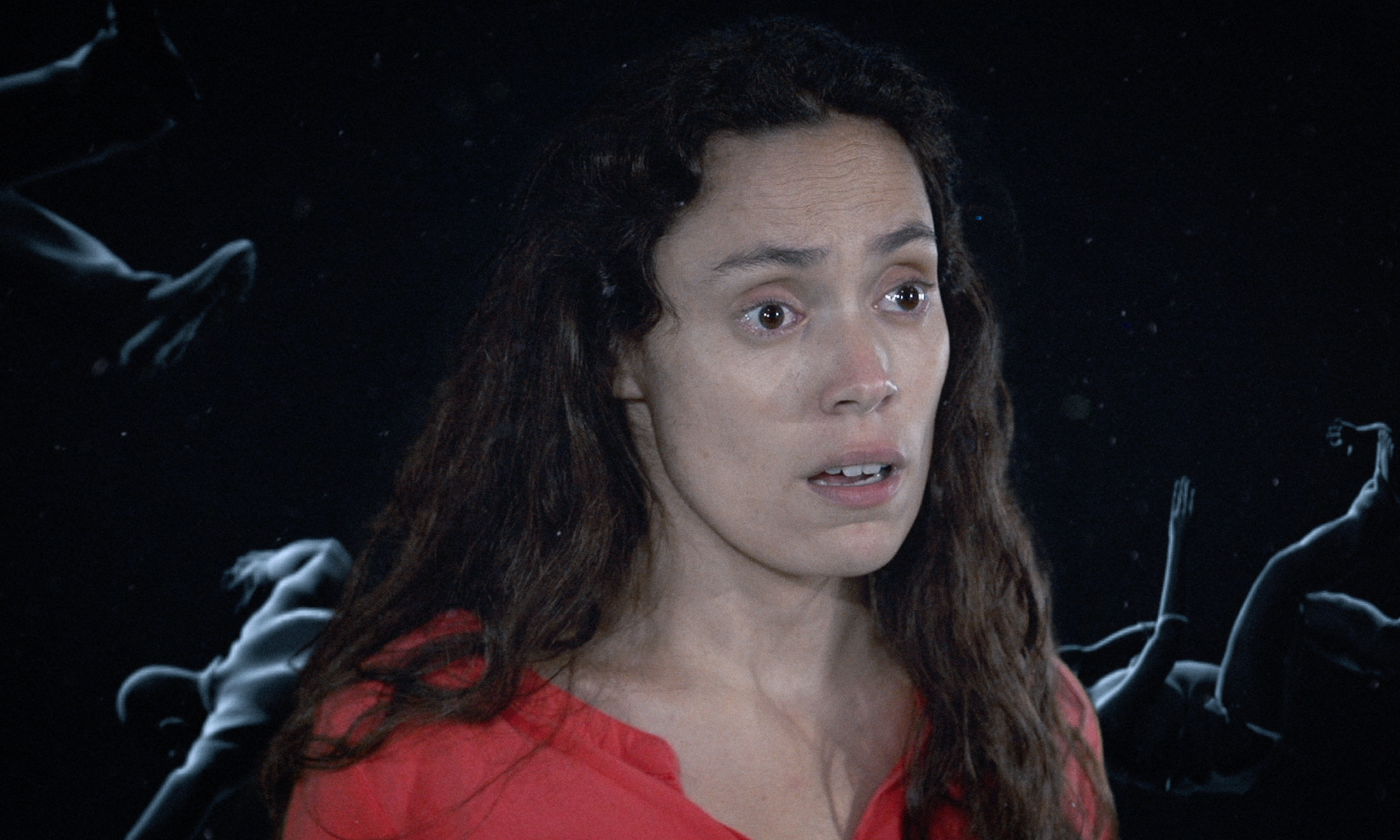There are three things that are certain in a digital filmmaker’s life, in no particular order: late nights, taxes, and CMOS imaging sensors. Yeah, that list is a bit of an exaggeration on multiple fronts—it reads more like my personal experiences until this point. Regardless, CMOS imaging sensors are really an integral part of the digital filmmaker’s life, mostly because of the recent shift from CCD technology to CMOS technology in image sensor manufacturing.
LiDAR Camera L515 – Intel® RealSense™ Depth and Tracking Cameras
 Intel RealSense LiDAR Camera L515 – World’s smallest high-resolution LiDAR camera from Intel. Low power and low weight, open-source SDK.
Intel RealSense LiDAR Camera L515 – World’s smallest high-resolution LiDAR camera from Intel. Low power and low weight, open-source SDK.
Source: LiDAR Camera L515 – Intel® RealSense™ Depth and Tracking Cameras
DIY Camera Rigs, Camera Accessories for Filmmakers – SmallRig
NP-F750 Lithium Ion Battery | Essential Photo | Photographic lighting and equpiment
Battery Solution for Blackmagic Pocket Cinema Camera – Time in Pixels
Brahma Standalone | Embrace Cinema Gear / Embrace Video
 The Brahma microphone is a high quality electrets based, phase accurate sound field microphone that captures the true 3-dimensional representation of an acoustical ambience. The four capsules are flush mounted on the 4 virtual faces of a truncated tetrahedron in a Teflon ball. The entire electronic structure is further shielded in a satin finished stainless steel mesh and two-piece ring. It is a point and record microphone of the highest quality, that recreates sound as heard from a single point, in all directions, in any sonic field. The sound image can be panned, tilted and zoomed, as well as any microphone pattern can be created from one recording. It is the single most versatile microphone, as well as the most flexible option for creating multi-channel sound. The Brahma Microphone owes its construction to an original paper on Ambisonics written by Michael Gerzon and Peter Craven in the 1970\’s. Due to technological and price limitations it has not seen wide spread use, until now. The microphone is a single point recording device that records 4 directional sonic inputs in a cardioid pattern, (these files are known as the A-format) onto a modified Zoom H2, a digital 4 channel 24 bit pocket sized recorder. These files are then processed through a calibration file unique for the individual microphone that make the recordings phase accurate and then these are converted into B-format where all 3 acoustical dimensions (back-front X, left-right Y, up-down Z) are defined plus the source point of reference. From the resulting B-format every microphone pattern and playback format can be created. The entire process once the files have been transferred to the computer takes seconds. The following microphone patterns can be created omni, cardioid, hyper-cardioid, sub-cardioid, super-cardioid, figure-8; as well as multiple combination patterns – blumlein, height-enabled blumlein, Mid/Side, XY (two crossed cardioids) separated by any arbitrary angle, three hypercardioids facing forward and two cardioids facing rearward (for 5.1 surround). The B-format files can be create in the following playback formats – mono (without phase cancellation), stereo, biannual, 4 and 6 sided array, 5.1 surround, 7.1 surround with height, 8 channel surround with height. An additional advantage the Brahma has over stereo microphones or stereo images from 2 or more microphones is that the capsule error between multiple capsules is much smaller and resolved in the calibration files, thus there is no set-up or placement issues.
The Brahma microphone is a high quality electrets based, phase accurate sound field microphone that captures the true 3-dimensional representation of an acoustical ambience. The four capsules are flush mounted on the 4 virtual faces of a truncated tetrahedron in a Teflon ball. The entire electronic structure is further shielded in a satin finished stainless steel mesh and two-piece ring. It is a point and record microphone of the highest quality, that recreates sound as heard from a single point, in all directions, in any sonic field. The sound image can be panned, tilted and zoomed, as well as any microphone pattern can be created from one recording. It is the single most versatile microphone, as well as the most flexible option for creating multi-channel sound. The Brahma Microphone owes its construction to an original paper on Ambisonics written by Michael Gerzon and Peter Craven in the 1970\’s. Due to technological and price limitations it has not seen wide spread use, until now. The microphone is a single point recording device that records 4 directional sonic inputs in a cardioid pattern, (these files are known as the A-format) onto a modified Zoom H2, a digital 4 channel 24 bit pocket sized recorder. These files are then processed through a calibration file unique for the individual microphone that make the recordings phase accurate and then these are converted into B-format where all 3 acoustical dimensions (back-front X, left-right Y, up-down Z) are defined plus the source point of reference. From the resulting B-format every microphone pattern and playback format can be created. The entire process once the files have been transferred to the computer takes seconds. The following microphone patterns can be created omni, cardioid, hyper-cardioid, sub-cardioid, super-cardioid, figure-8; as well as multiple combination patterns – blumlein, height-enabled blumlein, Mid/Side, XY (two crossed cardioids) separated by any arbitrary angle, three hypercardioids facing forward and two cardioids facing rearward (for 5.1 surround). The B-format files can be create in the following playback formats – mono (without phase cancellation), stereo, biannual, 4 and 6 sided array, 5.1 surround, 7.1 surround with height, 8 channel surround with height. An additional advantage the Brahma has over stereo microphones or stereo images from 2 or more microphones is that the capsule error between multiple capsules is much smaller and resolved in the calibration files, thus there is no set-up or placement issues.
Source: Brahma Standalone | Embrace Cinema Gear / Embrace Video

